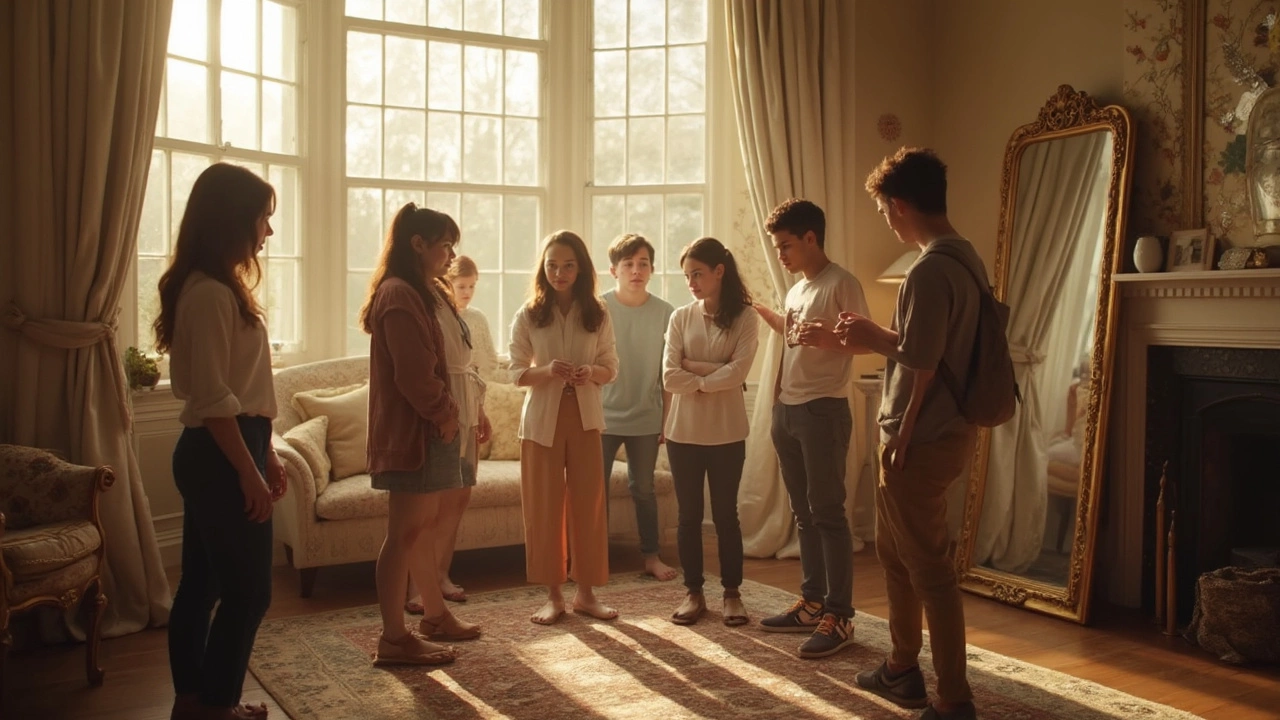True Reflection: How Mirrors Work and How to Choose the Right One
If you’ve ever stared at a mirror and wondered why the image looks so crisp, you’re not alone. A true reflection isn’t magic – it’s physics, materials, and a bit of design coming together. In the next few minutes you’ll get the low‑down on what makes a mirror reflect properly and how to pick one that fits your style and budget.
What makes a mirror reflect truly?
At its core a mirror is just a piece of glass with a thin metal coating on the back. The metal, usually silver or aluminum, bounces light straight back instead of letting it pass through. When the coating is even and the glass surface is smooth, the light reflects without distortion, giving you that clean, true image.
Two things can mess up a reflection:
- Surface flaws: Scratches, chips or warps in the glass change the direction of light, making the picture look wavy.
- Poor coating: If the metal layer is thin or uneven, you’ll see a ghosty pallor or a faint double image.
High‑quality mirrors are tested for flatness (usually within 0.2 mm across the whole pane) and have a protective backing that stops the coating from peeling. That’s why a cheap bathroom mirror can look fine for a year, then start showing a hazy look when the coating degrades.
Choosing the right mirror for your space
Now that you know what a true reflection needs, let’s talk about picking a mirror that works in your home. First, think about the room’s purpose. In a bathroom, you want a mirror that resists moisture and is easy to clean. In a living room, you might prefer a larger piece that also acts as wall art.
Here are three quick steps to help you decide:
- Size matters: Measure the wall space and leave a few inches of breathing room around the frame. A rule of thumb is to keep the mirror’s width between 60‑80 % of the furniture it faces – like a sofa or vanity.
- Style check: Simple frames (plain wood or metal) keep the focus on the reflected image. Ornate frames add drama but can compete with other décor. Pick what matches the room’s vibe.
- Quality check: Look for “front‑surface” mirrors for the best clarity. They have the reflective coating on the front side of the glass, eliminating double‑glass distortion. If you’re on a tight budget, a high‑grade standard back‑surface mirror with a protective film works fine.
Don’t forget lighting. A mirror hung near a window gets natural light, making the space feel larger. If you need extra light for grooming, add LED strips or a wall sconce above the mirror. The right lighting can enhance the true reflection and reduce shadows.
Finally, think about placement for visual tricks. Placing a mirror opposite a window reflects the outdoors, boosting the room’s sense of depth. In narrow hallways, a tall mirror can make the space feel twice as long. It’s a cheap way to get a big design impact.
Bottom line: a true reflection comes from good glass, solid coating, and careful installation. Pick a size that fits your wall, a style that matches your décor, and make sure the mirror is rated for the room’s moisture level. With these basics, you’ll pick a mirror that not only looks great but also lasts for years.
-

Why Are True Mirrors So Expensive? Real Reflection, Real Cost Explained
True mirrors give you a real, non-reversed reflection, but these unique mirrors cost way more than regular ones. Why is that? Let's break down the true mirror mystery.
